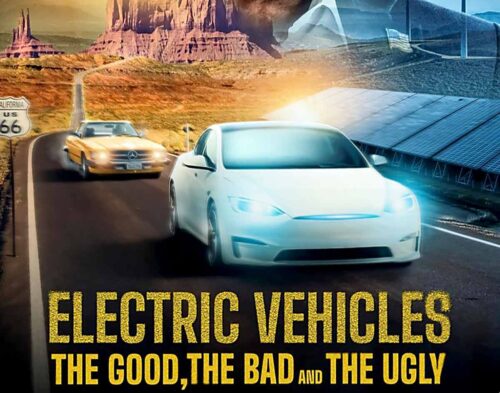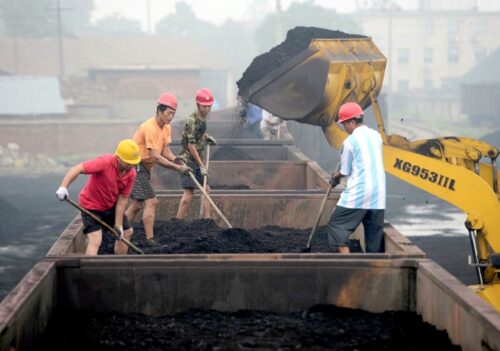by P. Homewood, Dec 01,2025 in NotaLotofPeopleKnowThat
BP is preparing to shelve plans to build a major hydrogen project in Teesside in a fresh blow to Ed Miliband’s net zero plans.
The Telegraph understands that BP will withdraw its request to the Government to build the nationally significant project, which clashed with separate plans backed by Sir Keir Starmer to construct the largest data centre in Europe.
The Energy Secretary has already twice delayed a decision on whether to grant the so-called development consent order (DCO) to start producing “blue” hydrogen from natural gas, and then capture and store the carbon emissions.
A decision was due on Thursday Dec 4, but it is understood that BP has withdrawn its application for the DCO ahead of an announcement.
The H2Teesside scheme was announced by BP in 2021 and had been slated to deliver more than 10pc of a plan for a clean power system by 2030.
Full story here.
Producing hydrogen from gas and then burning it to generate electricity, instead of using that same gas, is insane in itself.
To spend more money and waste yet more of that gas to capture carbon is even more so.
It cannot work without massive subsidies and I suspect BP have seen the writing on the wall. With interest in Net Zero dwindling and the public beginning to wake up the realities, BP are worried they will be left with a white elephant.













